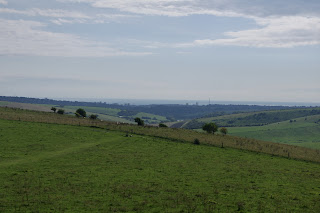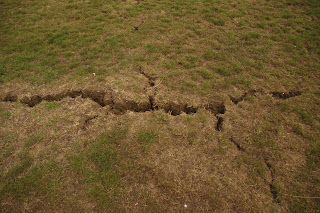It's that time of year when my thoughts turn to planting bulbs. As usual I placed an order with Shipton Bulbs. They grow native species like Ramsons and a selection of the usual and unusual suspects on their smallholding in Wales. For example I bought Crocus tommasinianus (which are quite widely available) and Ornithogalum nutans (which only a few of the specialist nurseries seem to cultivate).
I generally supplement my Shipton order with anything that takes my fancy in the displays at garden centres etc. Case in point Nectaroscordum siculum used to be a rarity but now features in the ranges of several of the mainstream suppliers.
One issue that bears further investigation is whether bulbs -and plants generally- are "organic" i.e. grown without chemicals. That is a particular concern with edibles but also in respect of pollinators; for instance a pesticide could still be present in a bulb when it flowers the following year.
Holland has long been the centre of the bulb trade. I have read some fairly gruesome accounts of the state of some of the waterways as a result of decades of intensive cultivation of what is after all a cash crop. I tend to think that small independent nurseries probably err on the side of organic and that the large scale growers probably do not.
As far as I am aware there is not a system of labelling as with food. I notice some sources are now advertising bulbs that are stated to be organic which is a step in the right direction.



























